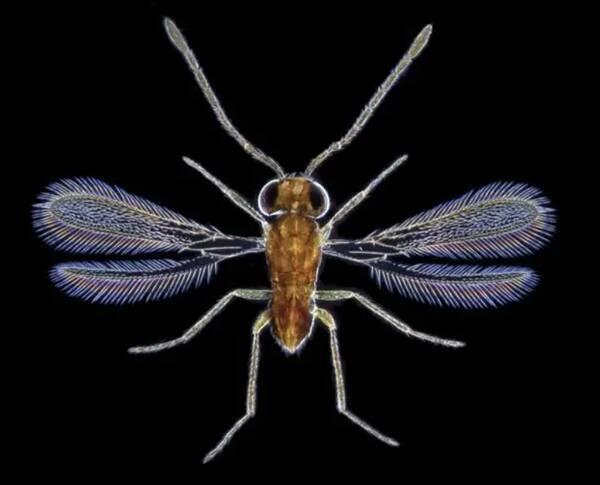The fairy wasp is one of the smallest animals in the world, with a body length of only 0.2 mm. It is also the smallest insect on earth. As the smallest flying insect in the world, fairy wasps mainly feed on the eggs of other insects. The lifespan of this tiny flying insect is about 21 days.

Fairy wasps mainly parasitize insects of the genus Thrips, suck their nutrients, and lay eggs inside their bodies to complete their own reproduction. Many insects of the genus Thrips are crop pests, so the release of fairy bees is often used as an effective way to biologically control Thrips pests.
Researchers compared adult fairy wasps with those in the pupal stage and found that 95% of the adult fairy wasps' neurons had lost their nuclei. This shows that although the wasp needs all the neurons when it is growing and developing, it needs far fewer neurons as an adult.

When the fairy wasp is in the pupal stage, like other insects, it has about 7,400 neurons, and each one has a nucleus. However, when the pupa reaches the final stage of development, the cell bodies of most neurons have decomposed, resulting in only 339 to 372 neurons in adult fairy wasps with nuclei, and the other approximately 7,000 neurons do not have nuclei.
animal tags:
We created this article in conjunction with AI technology, then made sure it was fact-checked and edited by a Animals Top editor.